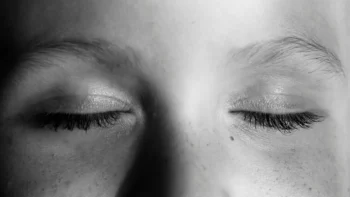Sight is one of the most important of the five senses. Taking care of your eyes can help you maintain your sight as you age, as can regular appointments with your Las Vegas ophthalmologist. You’ll want to report any issues with your sight as soon as possible because serious eye conditions can lead to vision loss.
Fortunately, there are many treatment options for eye problems, including refractive surgery. But if you have dry eyes or thin corneas, you won’t be eligible for LASIK. If you have these issues and are interested in refractive surgery, you may want to consider PRK.
What is PRK?
This type of refractive surgery is called photorefractive keratectomy (PRK). A laser is used to correct refractive conditions that lead to vision problems. A refractive condition just means your eye does not properly bend or refract light. Your ophthalmologist will use a laser to reshape your cornea, correcting how the retina focuses on light rays. Myopia, hyperopia, and astigmatisms are all treated with PRK. It can reduce or eliminate the need for glasses or contacts.
There are many advantages to PRK. About 90-95% of PRK recipients climb to 20/40 vision or more. It has the same benefits as LASIK over a long-term period and is a good option for those who cannot receive LASIK. Very active people, like athletes, are better candidates for PRK vs. LASIK due to the risk of dislodging the corneal flap made during LASIK surgery.
How does PRK work?
Before surgery, your ophthalmologist will review the risks, costs, and benefits of PRK with you. They will also perform an eye exam, review your medical history, and verify that PRK is right for you. During this exam, your doctor will take measurements of your eyes. The eye measurements may include the size of your pupil, cornea, and refractive error.
Circumstances that may eliminate you as a candidate are cataracts, severe diabetes, advanced eye diseases, or being a minor. Your ophthalmologist will determine if this particular procedure is the best for your situation.
PRK is an outpatient procedure. It is painless and takes only about 10 minutes. The surgeon will use anesthetic drops to numb the eye, and a special clip will hold your eyelids open while the surgery is done. The epithelium that covers the cornea’s outer layer must be removed first, either with a blade, brush, laser, or alcohol solution. You will stare at a light target as the surgeon uses the laser to reshape the cornea to your specific eye measurements. A contact lens is placed over the eye to protect it like a bandage.
Are there any risks?
As with any surgery, there are some minimal risks to PRK. There could be some scarring or infection. You could develop a halo effect around light sources or experience cloudiness in the cornea. Very rarely, some people may have worse vision after their surgery. In some instances, the surgeon could overcorrect or undercorrect your vision, which can be remedied with glasses, contacts, or additional surgery.
Your recovery time with PRK is somewhat longer than with LASIK. Some notice an increase in clear vision shortly after PRK surgery, but others may require many days for the outer epithelium to heal. It may take up to three months to stabilize your new vision. But overall, the outcome projection for PRK is good. After a month of recovery, vision is usually 80% improved, increasing to 95% after three months. You can eat and drink after surgery.
Can I have photorefractive keratectomy surgery?
To be an ideal candidate for PRK, you must meet certain conditions:
- You must be at least 18, but 21 is better because your vision has most likely reached maturity.
- The cause of your refractive error has to be correctable by PRK.
- Your corneas must be healthy, and the general condition of your eyes must be good overall.
- If you have an eye prescription, it cannot have changed in the last 365 days.
You must enter surgery with a clear head and realistic expectations of what PRK surgery can and cannot achieve for you. Your eye will be irritated and could itch, burn, water, or hurt for a few days afterward.
You may feel like something is in your eye, but rubbing the area could damage it. Your doctor may give you prescriptions that could help with pain and eye drops to prevent infection. PRK is relatively fast, but the world will not immediately be 100% clear after surgery. It can take three to six months to reap all the benefits.
You may not be a great candidate for PRK if you have:
- A skin condition or other condition that impedes healing
- Corneal disease or abrasion
- An unstable refractive error
- A lot of scarring in your medical history
- Extreme glaucoma
- Vision-altering cataracts
- Uncontrolled diabetes
- A history of certain types of eye infections
Those who are pregnant or nursing are also not ideal candidates.
I’m ready to see clearly again. Now what?
The sooner you schedule an appointment with the doctor, the sooner you can reap the benefits of PRK surgery. The ophthalmology services at Brimhall Eye in Las Vegas are top caliber. There are several locations with qualified surgeons that provide PRK, LASIK, cataract surgery, and many more services for their patients.
Brimhall Eye has advanced testing technology performed by well-trained staff who are here to attend to your every need. The surgical outcomes of the clinic are some of the most highly rated in the country, and it has received many awards nationwide. Brimhall Eye is constantly upgrading training and taking on advanced technology to continue its reputation as one of the premier surgical practices in the country. So if you are considering PRK surgery in Las Vegas, please call and schedule an appointment today.





